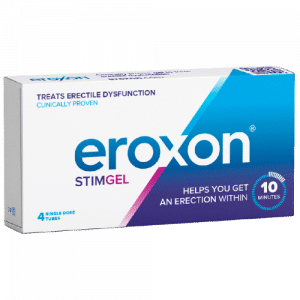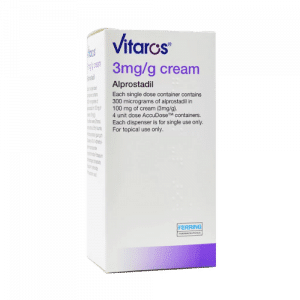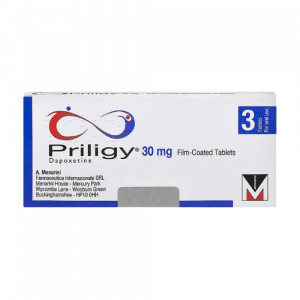
Hydrocortisone 1% ointment / cream: Ideal for treating mild eczema, Hydrocortisone 1% is a low-potency steroid that effectively reduces skin inflammation and irritation. Available as both cream and ointment, it’s specifically recommended for eczema on delicate areas like the eyelids and face, providing relief and aiding in skin recovery when used alongside moisturizing emollients.
: Ideal for treating mild eczema, Hydrocortisone 1% is a low-potency steroid that effectively reduces skin inflammation and irritation. Available as both cream and ointment, it’s specifically recommended for eczema on delicate areas like the eyelids and face, providing relief and aiding in skin recovery when used alongside moisturizing emollients.
Hydrocortisone 1% ointment / cream
£14.99 – £26.99
Product Information
Hydrocortisone 1% ointment / cream
Hydrocortisone is a mild-potency steroid used to treat eczema. It is available from Dr Fox as a 1% cream or an ointment.
Hydrocortisone 1% ointment / cream should generally only be used for eczema on the eyelids and face. Hydrocortisone is not usually strong enough to effectively treat eczema on the arms, trunk, and legs.
About eczema
In eczema, there is inflammation and loss of natural skin oils causing drying out of the skin. Dry skin is not effective as a barrier to keep toxins and irritants out of the body. This leads to further inflammation and a cycle of drying, leading to inflammation, in turn leading to more drying. Eczema is the name for these dry inflamed skin patches.
Treating eczema
Hydrocortisone cream or ointment will reduce the inflammation part of the cycle, allowing the skin to recover.
Moisturizing emollients (lotions, creams, and ointments) restore softening oils to the skin and rehydrate it. Ointments have a stronger protective barrier effect, so hydrocortisone ointment is more effective than hydrocortisone cream. The ointment can feel greasier and look shiny on the skin so may be better used at night.
It is important to use frequent moisturizing emollients alongside hydrocortisone and afterward. This will reduce the number of flare-ups of eczema and reduce the overall need to use hydrocortisone.
How to use topical Hydrocortisone 1% ointment / cream for eczema
When using hydrocortisone cream or ointment, it is important to continue the routine of moisturising emollient use. Apply the emollient and wait at least 15 minutes before applying the hydrocortisone. Apply a thin amount of hydrocortisone cream or ointment using up to 2½ fingertip units for the whole face and neck area.
It should be used once or twice daily.
Eczema will often settle within a couple of days. If not, hydrocortisone can be continued for up to 5 days on the face or two weeks on other areas. If it hasn’t improved after 7 days, or completely settled after 2 weeks, then consult your own GP or skin specialist.
Once settled, continue using moisturising emollient frequently to reduce the risk of a flare-up of eczema.
Very occasionally a twice weekly application of hydrocortisone, either two days together or every 3 or 4 days, is needed long-term to prevent flare-ups, but this should be discussed with your own GP or skin specialist.
Cautions and side effects
Sometimes there is mild stinging, irritation, or itch on application but this should settle within a few minutes.
Skin ointments and creams contain flammable paraffin. Clothing and bedding may absorb the products. They should be washed regularly to reduce fire risk. Keep away from naked flames.
Hydrocortisone 1% ointment contains wool fat (lanolin), which can cause skin reactions in a few people. If eczema worsens when using hydrocortisone, then stop the treatment and consult your GP or skin specialist.
There is a concern that overusing steroids on the skin can cause skin thinning and stretch marks. This is much more likely if taking steroid tablets or after a steroid injection, for conditions other than eczema. However, take care and don’t exceed 5 days of continuous use around the eyes and face as this is already thin delicate skin.
Steroid tablet use has been linked with the development of cataracts and other problems in the eyes. This is extremely unlikely with infrequent, light use of skin preparations but if you develop any blurring of vision consult your GP.
Covering the skin after applying treatment, with bandages or gloves is not recommended as in theory it can lead to absorption into the body and more general side effects, including in extreme cases Cushing’s syndrome. In reality, this is extremely unlikely especially if using mild-strength hydrocortisone.
Further information on side effects can be found in the manufacturer’s patient leaflets.
When NOT to use Hydrocortisone 1% ointment / cream
Do not use hydrocortisone 1% cream or ointment if:
- You have not had a medical diagnosis of eczema.
- There is acne, rosacea, or inflamed skin is only around the mouth (perioral dermatitis).
- There are signs of infected skin: pus, weeping, swollen, tender, throbbing, spreading redness.
- You have active cold sores, herpes, shingles, or chickenpox.
- On broken skin or near active leg ulcers.
Pregnancy and breastfeeding
Avoidance of all medicines is advised when pregnant or breastfeeding. However, it is probably fine to use small amounts of Hydrocortisone 1% ointment / cream on the skin during pregnancy, or when breastfeeding (but not on the breasts). Discuss first with your GP.
Dr Fox does not prescribe for women who are pregnant or breastfeeding.
See also Best use of medicines in pregnancy – Corticosteroids.
Related Products
-
Erectile dysfunction medication
Eroxon ED Treatment Gel – 4 Pack
Rated 0 out of 5£25.00 Add to basket -
-
-




